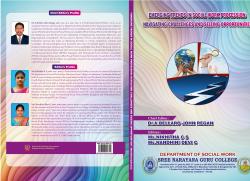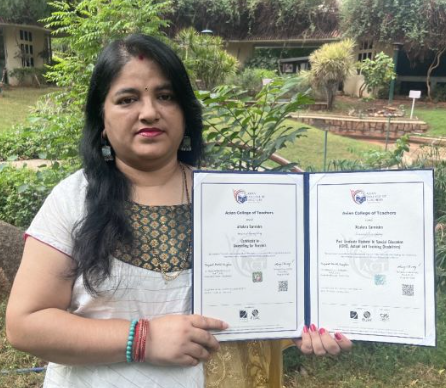Crop Diseases and Problems Caused by Marginal Paddy Farmers in Palakkad District
Abstract
Paddy cultivation in Palakkad District has declined 52.3% since 1970. Marginal farmers, managing under two acres, face ₹90 crore in delayed payments. Bacterial blight severity reaches 95.1%, and 26 acres in Tencheripadam suffered total loss in February 2025. Financial aid, disease management, and sustainable policies are essential for recovery. Marginal paddy farmers face severe challenges from crop diseases, affecting yield stability and income security. Common infections like blast, bacterial leaf blight, and rice tungro virus worsen due to climate change, poor soil health, and limited resources. Relying on traditional methods, these farmers struggle with high pesticide costs, lack of disease-resistant seeds, and minimal advisory support. Water stagnation, excessive fertilizer use, and monocropping further increase disease outbreaks. Solutions include crop rotation, biological control, and improved extension services. Financial aid and farmer education are crucial for resilience. A holistic, science-driven approach is needed for sustainable paddy farming.









